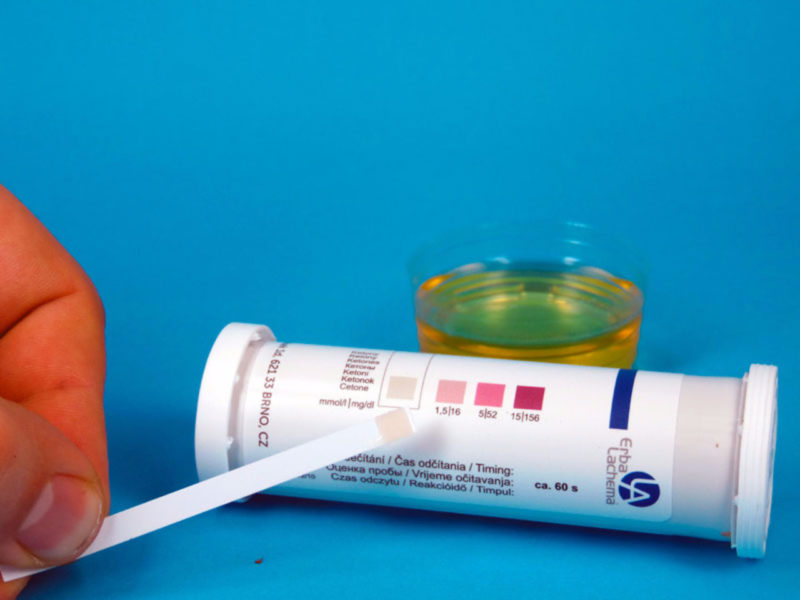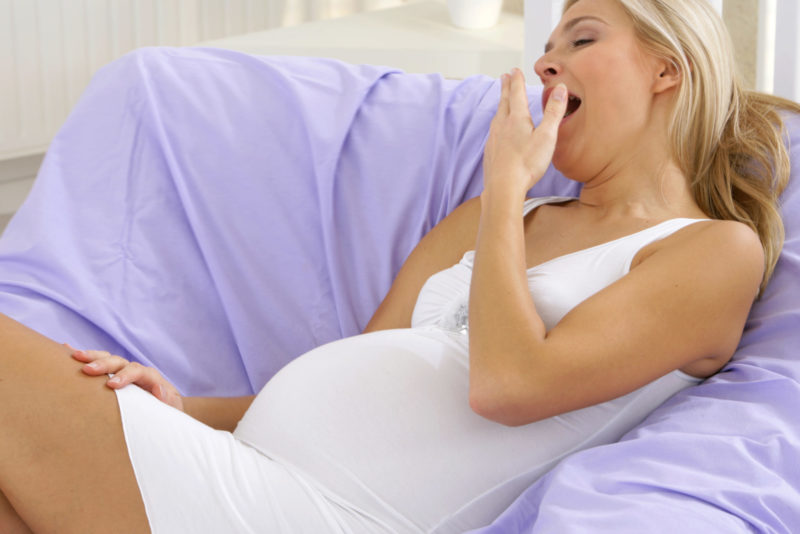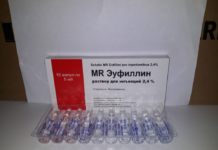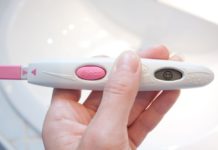Urinalysis during the period of gestation is often given - this is necessary to track changes in the woman's body. If the analysis showed ketone bodies in the urine, this does not always signal a dangerous pregnancy disorder. Possible risks can be estimated by quantitative changes of this indicator. A slight increase in ketones is due to physiological changes, however, repeated excess of the normal value is a significant cause for concern.
Material Content:
Ketone bodies in urine: what does it mean?
Ketone bodies or ketone compounds are a collective term used to refer to the metabolic products that are formed by the liver: acetone, acetoacetic and beta-oxybutyric acid.

The reason for the formation of these substances is a violation of the metabolism of fats and carbohydrates. Normally, “fuel” for the body is glucose. The accumulation of this substance in the liver leads to the formation of glycogen - a kind of energy reserve. With a lack of glucose, which is released from carbohydrates, glycogen is consumed. In response to a deficiency of carbohydrates, special enzymes are synthesized by the liver that convert glycogen back to glucose, which allows you to provide the body with energy even with a lack of intake of this substance from food.
Under the influence of a number of negative factors, the amount of glycogen decreases. If at the same time carbohydrate metabolism is disrupted, the body has nowhere to draw energy from, therefore, proteins and fats are used as an energy reserve. At the same time, ketones, products of protein metabolism, are found in urine.
Normally, these compounds are always present in the body, but because of the low concentration, which is not even detected in laboratory tests, they are not dangerous. They are independently excreted in urine and do not accumulate in the body. A pathology is signaled by a violation of the rate of their synthesis, when the formation of new compounds exceeds the rate of their elimination.
Norm in the urine of pregnant women
An increase in ketone bodies in urine or ketonuria is a sign of pathology. Normally, daily urine contains about 10-30 mg of these compounds. They are gradually eliminated from the body and do not have toxic effects on tissues.
Normally, ketone compounds in the urine should be completely absent in any person, including pregnant women. During the period of bearing a child, there is always a slight increase in ketones in the urine at the initial stages, due to toxicosis, due to hormonal changes in the body. A significant increase in ketones is a dangerous condition that requires a detailed examination to identify the cause and its subsequent elimination. As a rule, during pregnancy, drug treatment is not carried out, but a special diet and regimen helps normalize the level of ketones.
Causes of Ketonuria
An increase in ketone compounds in the urine during pregnancy can be both a physiologically determined phenomenon and a manifestation of gestational disorders.

Among the physiological causes of the violation, there are:
- protein abuse;
- physical stress;
- lack of nutrition;
- stress.
Physiological ketonuria is a short-term and fleeting disorder. Ketones increase rapidly, however, to normalize the indicator, it is enough to change the diet and normalize the daily regimen.
Among the dangerous causes are infectious diseases, type 1 diabetes mellitus, endocrine disorders. All these violations are very dangerous. It is necessary to timely identify the cause of the increase in ketone bodies in the urine. This is important both for preserving pregnancy and for women's health.
Gestational causes of ketonuria
In addition to general physiological reasons, ketonuria can be triggered by changes that occur in the body against the background of the gestation of the child.

Gestational increase in ketones due to:
- hormonal changes in the body of a woman;
- violation of taste;
- toxicosis in the early stages;
- diabetes pregnant
- late toxicosis.
Increased acetone due to hormonal changes is a fast-passing phenomenon that does not require specific therapy and is not dangerous. As a rule, a slight increase in ketones before the 17th week of pregnancy does not cause concern, but only in the absence of any concomitant symptoms.
During pregnancy, due to hormonal changes, there is a change in taste. This is due to the production of hormones that stimulate the sensitivity of taste buds. Due to this change, many women change their diet, preferring protein foods.
The formation of acetone in urine noted against this background is directly related to the diet - the less carbohydrates enter the body, the more ketones are formed due to the breakdown of fats and protein compounds. To normalize these indicators and reduce the load on the liver, it is enough to just change the diet.
If, after a few days after adjusting the diet, re-take the analysis, you can detect a complete absence of ketones in urine.
Early toxicosis also provokes ketonuria. This phenomenon is fleeting, treatment is not required. A hazard to the health of women and the fetus is late toxicosis, which is found in the second half of pregnancy. Gestosis is accompanied by a number of disorders of the nervous and cardiovascular systems, which is due to intoxication of the woman's body.Violation requires the timely identification and adoption of therapeutic measures, otherwise the risk of miscarriage is high.
Gestosis can be both a cause and a consequence of ketonuria. Such a complication is encountered in decompensated diabetes mellitus.
Gestational diabetes is a violation of glucose tolerance of cells due to hormonal changes in pregnant women. The disease requires treatment, but in most cases it is possible to limit itself to diet therapy.
What threatens ketonuria?
Ketone compounds are toxic substances that poison the brain and destroy tissue. An increase in their concentration leads to the development of a number of complications. First of all, the work of the liver, cardiovascular and nervous systems is disrupted.

In the absence of timely treatment, ketonuria can lead to:
- respiratory failure;
- intoxication;
- arrhythmia;
- disorientation and disorder of consciousness.
During the period of bearing a child, gestosis against a background of ketonuria is of particular danger. This condition can provoke a miscarriage, cause fetal intoxication, cause pregnancy to fade. There are cases when, as a result of severe intoxication of the body against the background of gestosis, pathology led to death.
How to detect a violation on your own?
For self-diagnosis, special test strips are used, which can be easily purchased at any pharmacy. They can detect the presence of ketones in the urine.

Symptoms that make it possible to suspect a violation are signs of toxicosis of pregnant women:
- morning sickness with vomiting;
- increased thirst;
- lowering blood pressure;
- prostration;
- constant drowsiness.

The test strip should be used immediately after sleep, dropping it in a portion of morning urine. In the presence of ketones, it changes color - the brighter the strip is colored, the higher the content of toxic substances.
What to do when raising ketones?
The principle of treatment depends on the concentration of ketones in the urine. With multiple excesses of the norm and intoxication, it is necessary to remove these compounds from the body. To this end, diffuse administration of a physical solution is indicated.
In most cases, drastic measures are not required. Normalize the patient's condition allows balanced nutrition and compliance with the drinking regime. Pregnant women are recommended to eat often, every 2-3 hours, but in small portions. It is important to avoid dehydration. With increased acetone, the doctor may recommend alkaline water if there are no contraindications. There is a restriction on fatty foods in the diet. Be sure to normalize the regime of the day, have enough rest and do not neglect walks in the fresh air.

As a rule, in the vast majority of cases, ketone bodies can be removed from the body several days after a change in diet. A second urinalysis is prescribed 5-6 days after the start of treatment.












